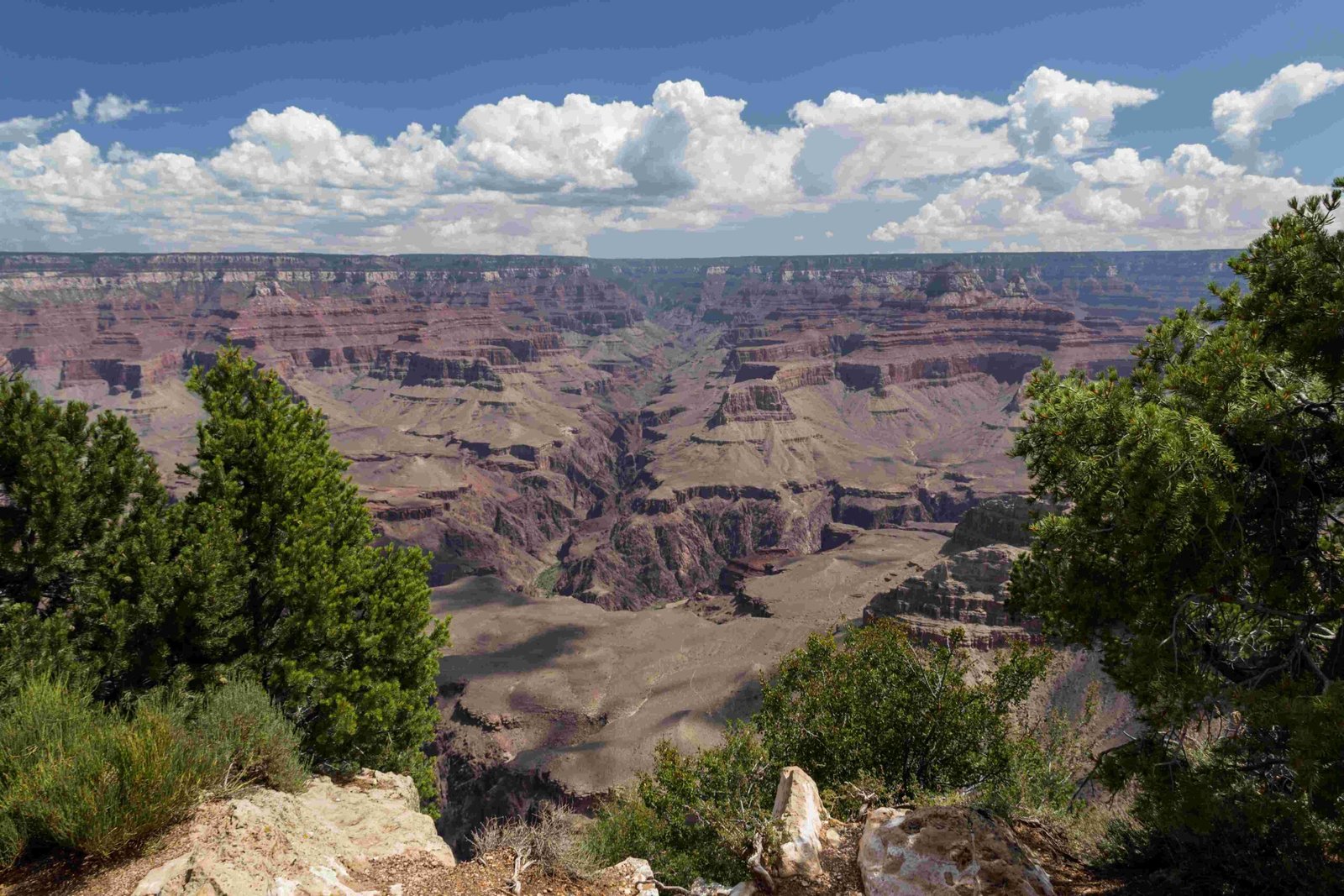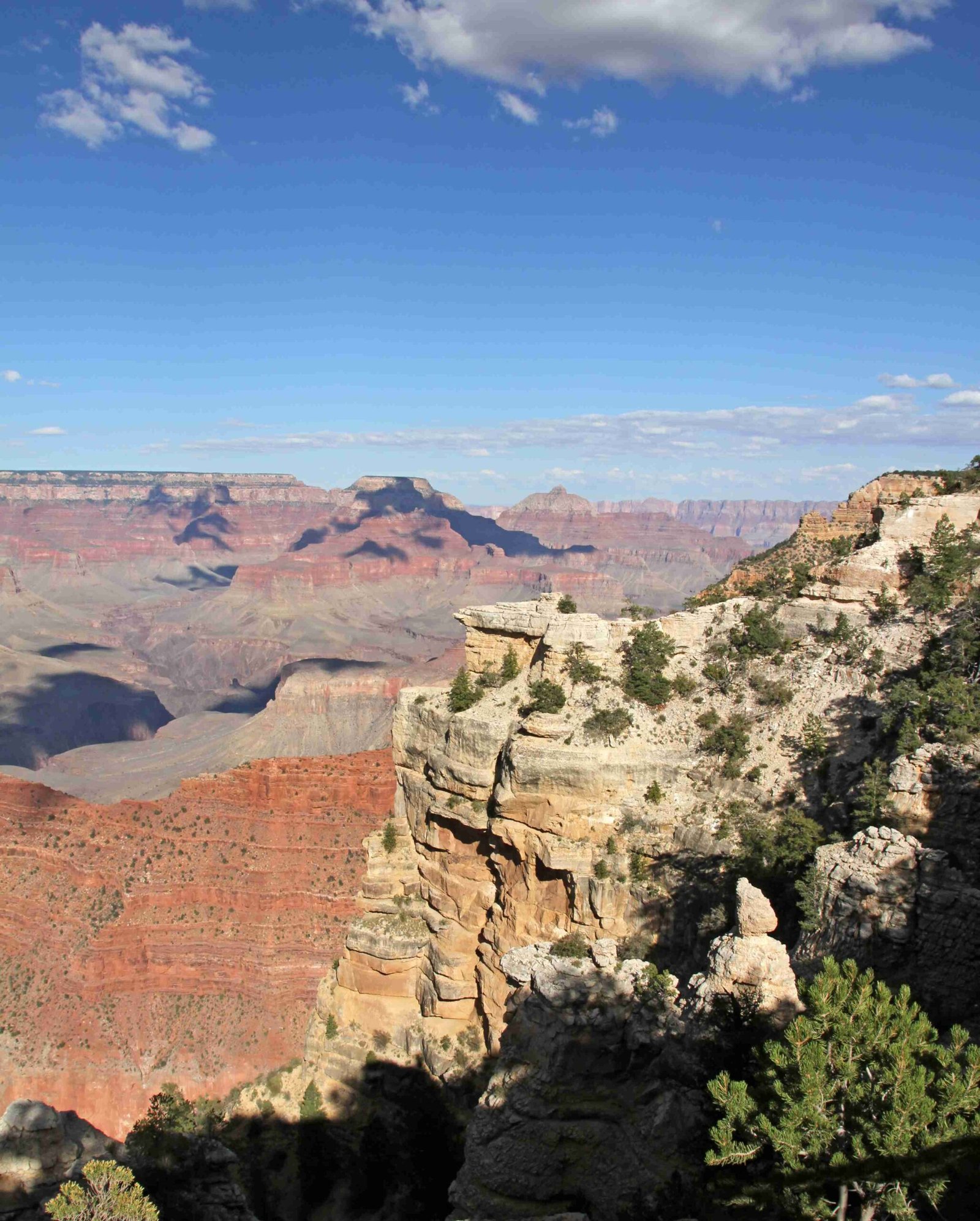The Grand Canyon’s South Rim offers adventurers an extraordinary network of trail heads featuring diverse hiking experiences across breathtaking landscapes. Spanning multiple access points, these trail heads provide hikers with unparalleled opportunities to explore one of America’s most iconic natural wonders, featuring trails ranging from easy rim walks to challenging canyon descents with stunning geological perspectives.
What Are the Primary South Rim Trail Head Locations?

Visitor Center Trail Head Parking Options
| Location | Parking Availability | Vehicle Types |
|---|---|---|
| South Rim Visitor Center Plaza | Lots 1-4 | RVs, Standard Vehicles |
| Market Plaza | Lots A-D | RVs, Large Vehicles |
| Backcountry Office | Large Dedicated Lot | Hiker Vehicles |
Parking Accessibility Details
- No Additional Parking Fees: Included with park entrance fee
- 24/7 Parking Availability: Most lots open continuously
- RV-Friendly Locations: Lots B and D accommodate larger vehicles
What Makes Bright Angel Trail Head Unique?
The Bright Angel Trail Head represents one of the most popular canyon descent routes, offering:
- Total Distance: 9.5 miles round trip to Phantom Ranch
- Elevation Change: 4,400 feet descent
- Difficulty Level: Strenuous
- Recommended Seasons: Spring and Fall
- Key Highlights:
- Panoramic Inner Gorge views
- Direct access to Phantom Ranch
- Multiple rest stops with water availability
How Challenging Are South Rim Trail Heads?
Trail heads on the South Rim vary significantly in difficulty:
- Easy Trails:
- Rim Trail (wheelchair accessible)
- Short scenic overlook paths
-
Minimal elevation changes
-
Moderate Trails:
- Partial rim walks
- Gentle descent sections
-
2-4 mile routes
-
Strenuous Trails:
- Bright Angel Trail
- South Kaibab Trail
- Full canyon descent routes
- Significant elevation changes
What Should Hikers Prepare Before Exploring Trail Heads?
Essential Preparation Checklist:
– Carry minimum 3 liters of water
– Pack high-energy snacks
– Wear sturdy hiking boots
– Bring sun protection
– Carry emergency communication device
– Check weather conditions
– Inform someone about your hiking plan
When Are Trail Heads Most Accessible?
| Season | Accessibility | Recommended Activities |
|---|---|---|
| Spring | Excellent | Moderate Hiking |
| Summer | High Heat Caution | Early Morning Hikes |
| Fall | Perfect Conditions | Extended Trail Exploration |
| Winter | Limited Access | Short Rim Walks |
Additional Trail Head Resources
- Visitor Center Information: Detailed maps and ranger guidance
- Shuttle Services: Connect major trail head locations
- Educational Programs: Ranger-led trail introductions
Final Trail Head Navigation Tips

- Always check current trail conditions
- Start hikes early in the day
- Respect personal fitness limitations
- Follow Leave No Trace principles
Reference:
– National Park Service Official Site
– Grand Canyon Hiking Guides
– Trail Condition Updates
